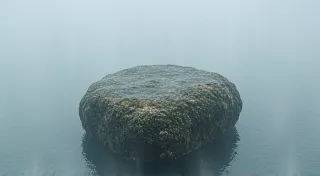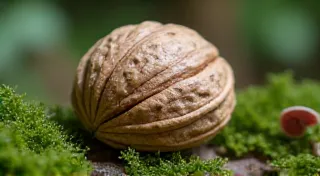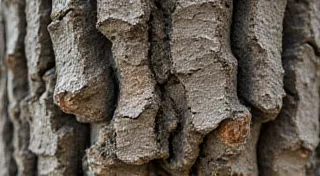Echoes of the Past: Reinterpreting Ancient Dye Recipes
There's a quiet magic in holding something old. Not just old in terms of chronological years, but steeped in the lived experiences of those who came before. I find this most acutely when I’m working with textiles, particularly when the process involves dyes derived from the earth – colors wrestled from plants, minerals, and even insects. It's a conversation across centuries, a whispered dialogue between the craftsman of yesterday and the artisan of today. This isn’t merely a craft; it’s an act of remembering.
My journey into traditional textile dyeing began somewhat unexpectedly. I wasn't initially drawn to the technical aspects, the precise chemical reactions or mordanting processes. Instead, I was captivated by the *stories* held within the fabric itself. Antique textiles, particularly those from remote regions, often carried a history etched into their very hues. A faded indigo, a rusty ochre, a delicate rose – each color spoke of a specific place, a particular time, and the unique ingenuity of the people who created it. It felt almost disrespectful to simply admire; I felt compelled to understand, to recreate, to honor.
The process’s not easy. Unlike modern, industrial dyes, natural dyes are notoriously fickle. Factors like water quality, sunlight, and even the soil the plants were grown in can dramatically affect the final color. Ancient recipes, passed down through generations, are often vague, relying on intuition and observation rather than precise measurements. “A handful of woad,” or “as much madder as will cover the cloth” – these instructions demand a level of understanding that goes beyond mere technical skill; it requires an almost spiritual connection to the materials. The nuanced relationship between color and perception is also fascinating; exploring The Weight of Color: How Dyes Shape Perception can offer deeper insight into this aspect of textile artistry.
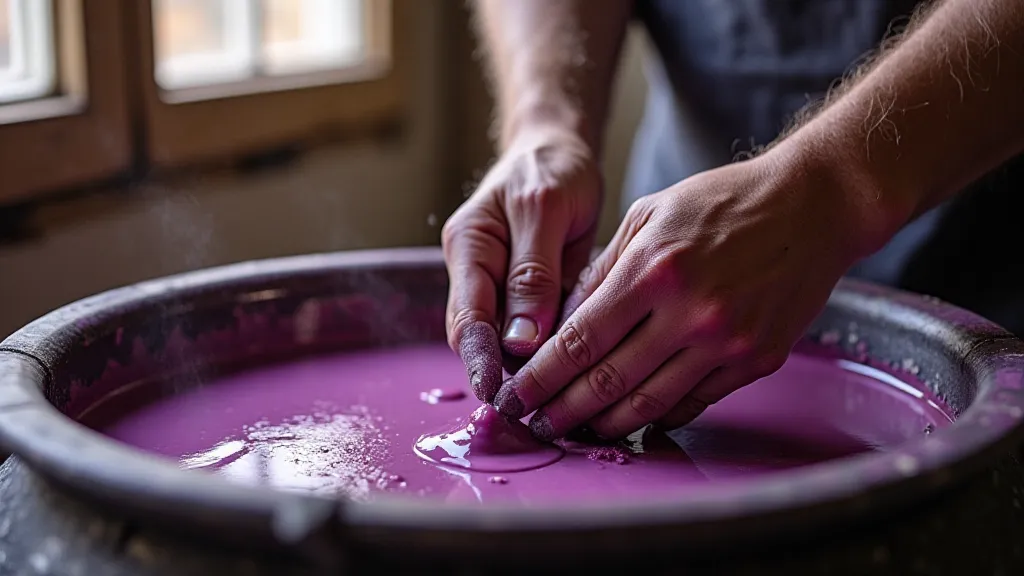
A Journey Through Regions: Whispers of Color
Let's consider a few examples. In Japan, the art of *Aizome*, indigo dyeing, has been refined over centuries. The rich, deep blues, often associated with traditional kimonos, weren't achieved through simple immersion. The process involved fermentation, a complex interaction between indigo leaves and a starter culture, leading to a uniquely vibrant and long-lasting color. Similarly, in Peru, the ancient Incas mastered the art of dyeing alpaca wool with vibrant reds and purples derived from the qoya plant (various sources of madder). The intensity and durability of these dyes were crucial, not only for aesthetic beauty but also for signifying status and lineage. This exploration of controlled processes within textile creation mirrors techniques like Boundaries Dissolving: Shibori and the Art of Controlled Rupture, demonstrating a shared dedication to meticulous execution.
Further east, in India, the rich terracotta hues of Rajasthan are intimately linked to the region’s landscape. Earth pigments, extracted from the very soil beneath their feet, were combined with alum and other mordants to create colors that mirrored the sun-baked earth and the vibrant energy of the culture. These colours are not just pigments; they are a physical embodiment of place.
My own experiments have involved countless failures and occasional triumphs. Recreating a specific shade of saffron yellow, once used to dye Buddhist monks’ robes in Tibet, proved particularly challenging. The original recipe, gleaned from fragmented historical texts, called for a combination of crocus flowers, fermented goat’s milk, and a mysterious “mountain salt.” The initial attempts were disastrous – everything from sickly greens to dull browns. It wasn’t until I began to truly understand the importance of the "mountain salt" – a specific type of mineral-rich salt found only in certain high-altitude regions – that I began to approximate the true color. That moment, when I finally achieved a shade that resonated with the descriptions in the ancient texts, was profoundly moving.
Blending Tradition and Innovation: A Contemporary Perspective
The beauty of reviving these ancient dye recipes isn's simply about replicating the past. It’s about understanding the principles that underpinned the original techniques and applying them to contemporary challenges. Modern textiles, often made from synthetic fibers, behave differently than the natural fibers of centuries ago. Mordanting, the process of fixing the dye to the fabric, becomes even more crucial. Experimentation with different mordants – alum, iron, tannins – is often necessary to achieve satisfactory results.
Furthermore, there's a growing awareness of the environmental impact of modern dyes. Many synthetic dyes are highly polluting, contributing to water contamination and harming ecosystems. Natural dyes, on the other hand, offer a more sustainable alternative – provided they are sourced responsibly. Cultivating dye plants organically, utilizing waste materials, and minimizing water consumption are all essential considerations for the contemporary dyer. The subtleties involved in extracting color from natural sources can also be linked to the intricacies explored in The Chromatic Cartography of Cochineal, highlighting the depth of knowledge required for sustainable practices.
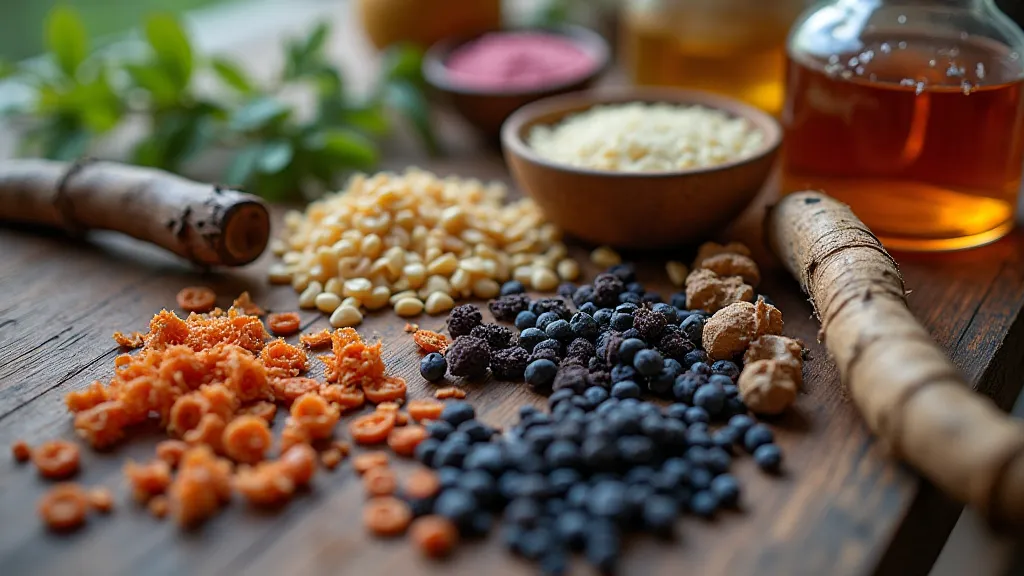
The Collector's Eye: Appreciating the Craft
For those interested in collecting antique textiles dyed with natural dyes, there are several key aspects to consider. Authenticity is paramount. While it's difficult to definitively prove that a textile was dyed with natural dyes without extensive scientific analysis, there are certain clues that can provide valuable insights. The color itself can be a strong indicator; natural dyes often produce softer, more muted colors than synthetic dyes. The texture of the fabric can also be revealing; natural fibers tend to have a more characteristic feel than synthetic blends.
Furthermore, understanding the historical context of the textile can enhance its appreciation. Knowing the region where it was made, the culture that created it, and the specific techniques that were employed adds layers of meaning and significance. A faded indigo cloth from Japan, a richly colored alpaca shawl from Peru – each piece tells a story, a testament to the ingenuity and artistry of its creators.
It's also important to appreciate the inherent imperfections in naturally dyed textiles. Unlike mass-produced fabrics, naturally dyed pieces often exhibit variations in color and pattern. These aren’t flaws; they’re evidence of the human hand, the natural processes that shaped the final product. They are marks of authenticity, reminders that each piece is unique, irreplaceable.
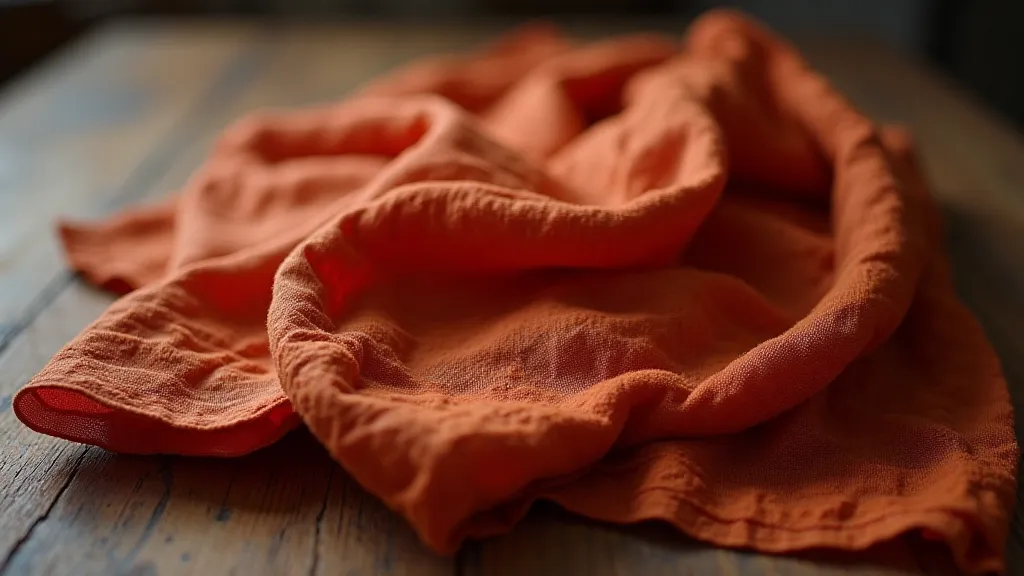
Preserving a Legacy
Reviving ancient dye recipes is more than just a craft; it’s an act of cultural preservation. It's about reconnecting with the wisdom of our ancestors, understanding their relationship with the natural world, and safeguarding a legacy of artistry and innovation. By embracing both tradition and innovation, we can ensure that these vibrant colors continue to echo through the ages, enriching our lives and inspiring future generations. The profound connection between color, culture, and memory underscores the enduring significance of these practices, promising to inform and inspire generations to come.
The subtle interplay of tradition, experimentation, and environmental responsibility is what makes this pursuit both challenging and endlessly rewarding. It's a journey of discovery, a dialogue with the past, and a commitment to preserving a legacy of color for the future, and a constant reminder of the intertwined fate of human creativity and environmental stewardship. The echoes of the past resonate through the textures and hues, offering glimpses into the lives and practices of those who came before, enriching our own understanding of the world around us.
The continuing exploration of historical dyeing methods provides valuable insights not only into the techniques themselves, but also into the cultural and environmental contexts that shaped them. The commitment to sustainable practices ensures that these vibrant colors continue to echo through the ages, enriching our lives and inspiring future generations, maintaining a harmonious balance between artistic expression and environmental stewardship.
